What is the Impact of Medical Injection Molding on Healthcare Innovation and Patient Outcomes
In recent years, the field of healthcare has witnessed remarkable advancements driven by innovative technologies, one of which is medical injection molding. This manufacturing process has emerged as a game-changer, directly influencing the production of critical medical devices and components. By enabling the precise and efficient fabrication of complex designs, medical injection molding not only enhances the quality of healthcare products but also contributes to better patient outcomes. As healthcare innovation accelerates, understanding the impact of medical injection molding becomes essential for industry stakeholders. This blog will explore how this technology facilitates breakthrough developments in medical devices, improves patient safety, and ultimately transforms the healthcare landscape for the better. Through a combination of insights and practical tips, we aim to shed light on the pivotal role that medical injection molding plays in shaping the future of healthcare.
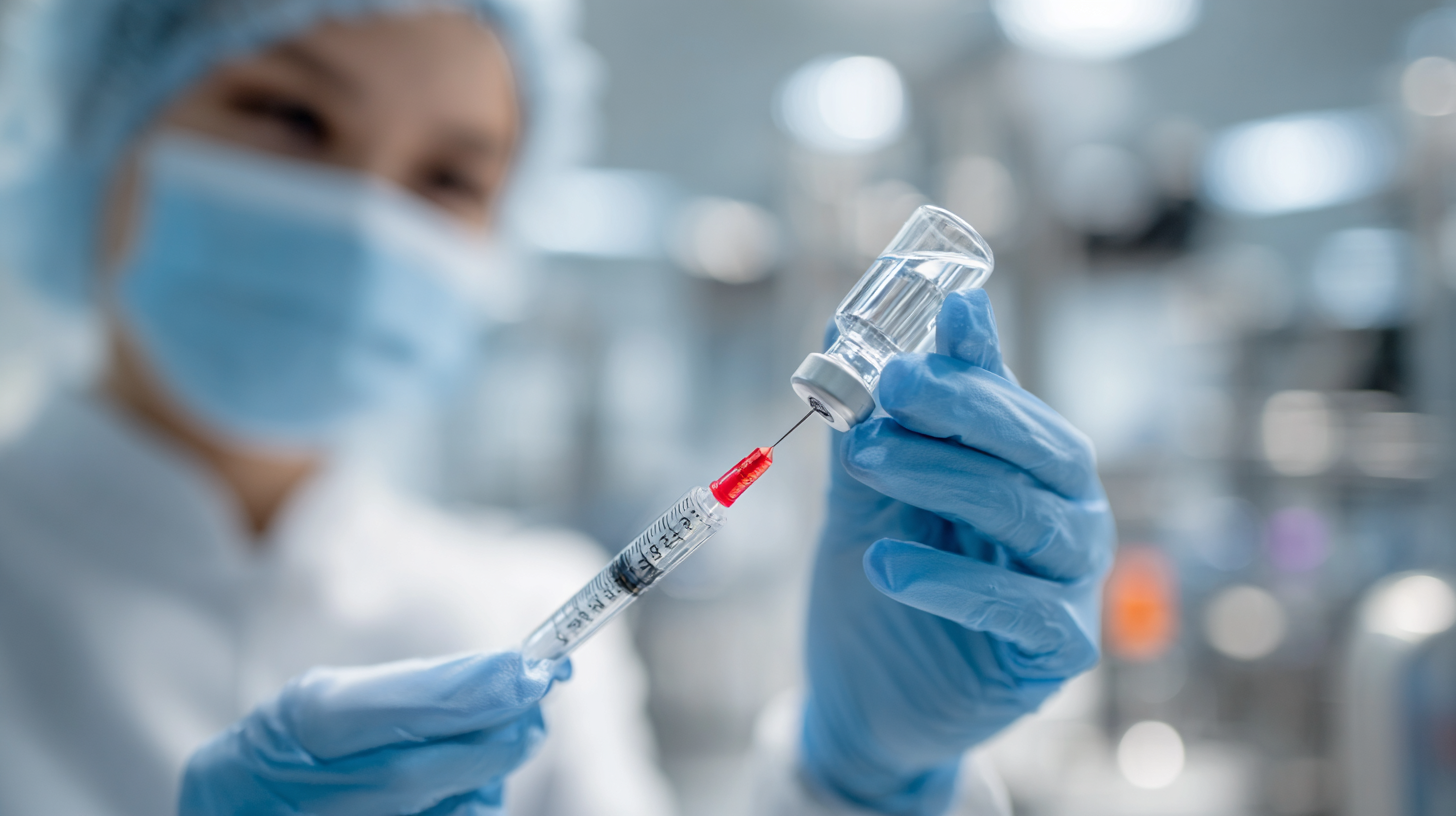
The Evolution of Medical Injection Molding in the Healthcare Sector
The evolution of medical injection molding has significantly reshaped the healthcare sector, driving innovation in various applications such as medical disposables, instruments, and devices. According to projections, the medical injection molded plastics market is expected to grow from USD 27.68 billion in 2025 to USD 38.18 billion by 2033, reflecting a robust demand for precision-engineered components. This growth is underpinned by advancements in polymer technology, enabling the production of specialized medical devices that meet stringent regulatory standards while enhancing patient outcomes.
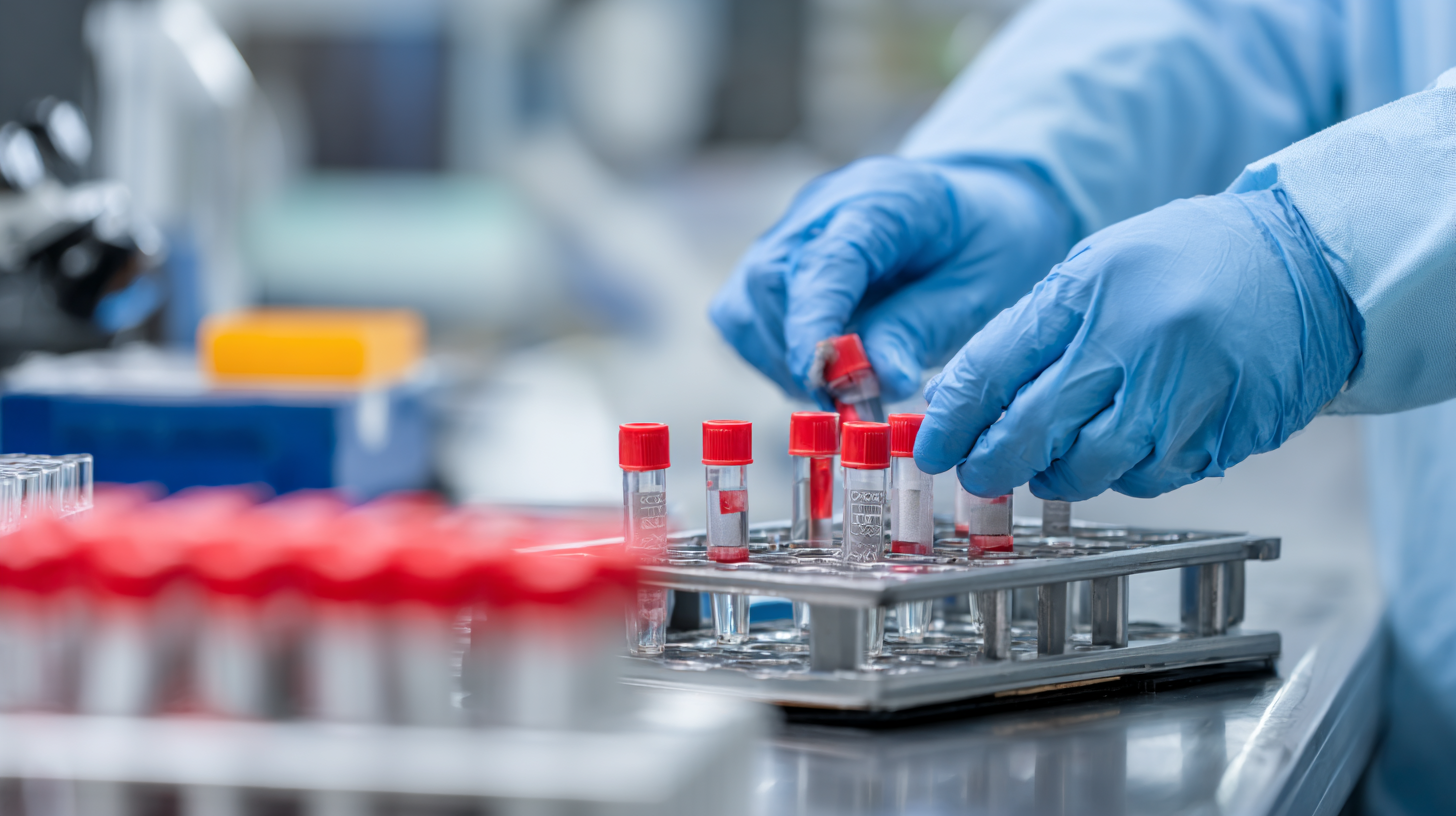
Moreover, the global injection molding market is anticipated to expand from USD 365.22 billion in 2024 to USD 580.44 billion by 2033, exhibiting a CAGR of 4.74%. This positive trend is fueled by the increasing adoption of innovative materials, including medical plastics and elastomers, which are critical for developing reliable, durable, and safe healthcare solutions. As injection molding techniques continue to evolve, they will undoubtedly play a pivotal role in advancing healthcare technology and improving the quality of care provided to patients across the globe.
Key Advancements in Patient-Centric Medical Devices Through Injection Molding
Injection molding has emerged as a pivotal technology in the development of patient-centric medical devices, significantly impacting healthcare innovation and patient outcomes. The medical polymer market, encompassing medical plastics and elastomers, is crucial for producing devices that meet stringent regulatory standards while enhancing usability and comfort for patients. As reported, the global demand for medical disposables and instruments is driving the medical manufacturing market forward, with a forecasted growth rate expected to soar due to the rising need for innovative solutions in drug delivery systems and prosthetics.
Recent advancements emphasize how injection molding not only streamlines production but also enables the creation of complex geometries that improve device performance. For instance, the drug delivery devices market is projected to reach USD 667.4 billion by 2030, highlighting the increasing reliance on sophisticated design and functionality in treatment delivery. As companies invest in technological advancements and strategic collaborations, the ability to manufacture versatile, patient-centered devices through injection molding will continue to transform the landscape of healthcare, ultimately enhancing patient experience and outcomes.
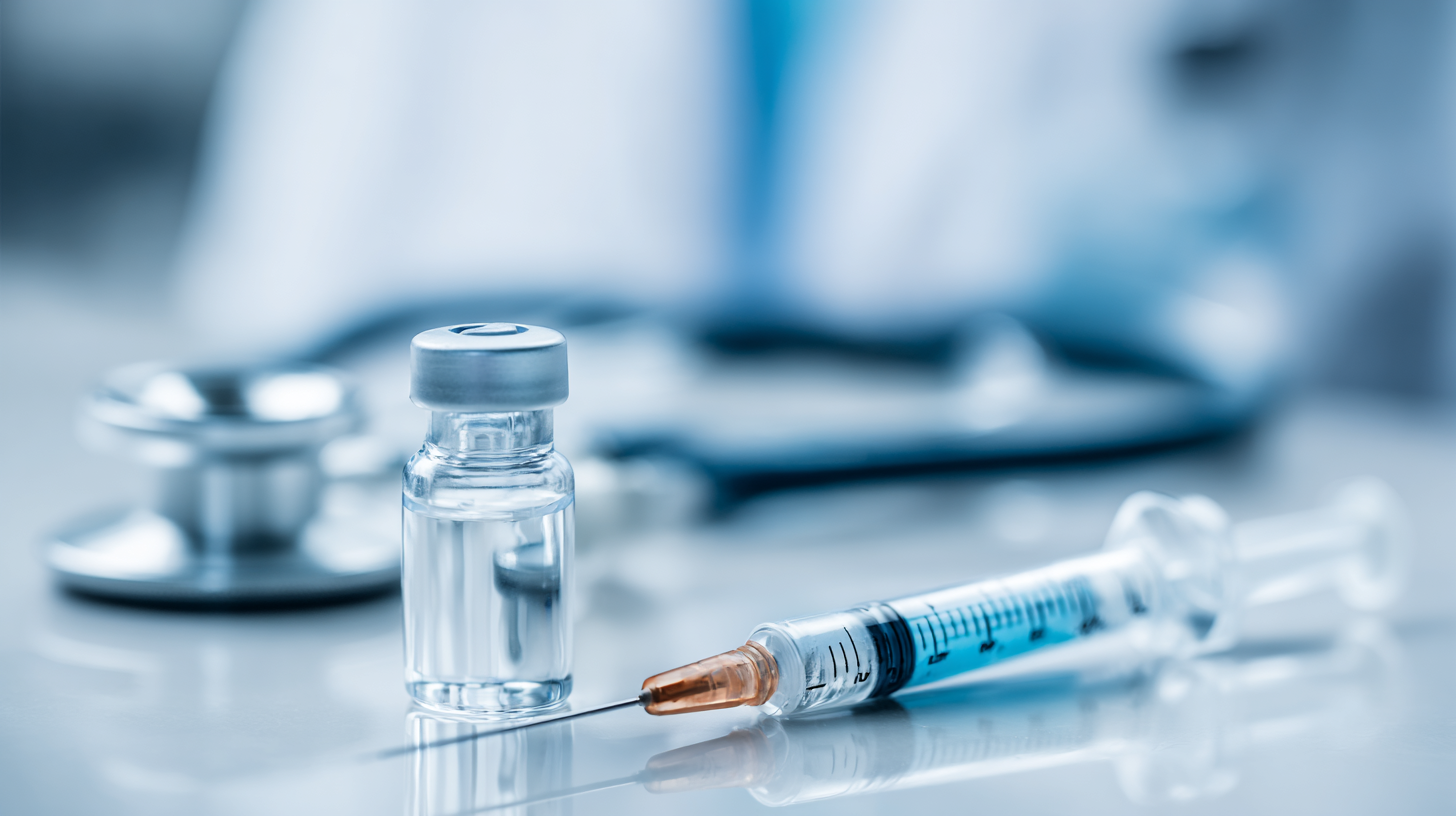
Cost Efficiency of Injection Molding and Its Impact on Healthcare Access
The cost efficiency of medical injection molding has a significant impact on healthcare access and, ultimately, patient outcomes. As injection molding technology advances, it allows for the streamlined production of medical devices and components at lower costs. This reduction in manufacturing expenses not only makes medical tools more affordable for healthcare providers but also facilitates wider access for patients. For example, recent developments in the production of medications for genetic disorders and certain cancers have begun to reduce the financial burden on patients and healthcare systems alike.
Moreover, the increasing adoption of weight-loss drugs among large employers illustrates how cost-effective medical solutions can reshape access to essential health services. According to recent surveys, a growing percentage of U.S. employers are now offering coverage for these medications, enhancing the ability of employees to seek necessary treatments. This trend reflects a broader movement towards prioritizing cost-efficient healthcare solutions that promote better health outcomes, underscoring the essential role of innovative manufacturing techniques such as injection molding in shaping a more accessible and effective healthcare landscape.
Enhancing Patient Safety and Outcomes with Precision Injection Molding Techniques
Precision injection molding plays a pivotal role in advancing patient safety and improving outcomes in the healthcare sector. This manufacturing technique allows for the production of highly accurate and consistent medical devices, which is crucial for preventing errors and ensuring reliability. According to a report by the Medical Device Innovation Consortium, using advanced injection molding techniques can reduce production variability by up to 30%, significantly decreasing the chances of device malfunction. This innovation not only streamlines manufacturing processes but also enhances the overall quality of medical products, leading to better patient care.
**Tip:** When considering the implementation of precision injection molding, it is essential to partner with experienced manufacturers who are well-versed in the specific regulations and standards of the medical industry. This collaboration can ensure that the produced devices meet stringent quality requirements.
Moreover, precision molding enables the creation of complex geometries and intricate designs that are often required for modern medical devices. The reduced scrap rates associated with this technique contribute to cost-effectiveness without compromising quality. A study by Deloitte states that companies employing precision injection molding technologies experience a 25% increase in production efficiency and a significant reduction in time-to-market for new devices, ultimately benefiting patients who rely on timely access to innovative treatments.
**Tip:** Regularly assess your molding processes and invest in training staff on the latest techniques and technologies to maximize the benefits of precision injection molding in your production lines.
Impact of Medical Injection Molding on Healthcare Innovation and Patient Outcomes
This chart illustrates the positive impacts of medical injection molding on various dimensions of healthcare innovation and patient outcomes, emphasizing enhanced patient safety and overall cost efficiency.
Future Trends: How Injection Molding Will Shape the Next Generation of Medical Innovation
The landscape of medical innovation is evolving rapidly, significantly influenced by advancements in injection molding technology. The LIM (Liquid Injection Molding) and LSR (Liquid Silicone Rubber) markets are expected to reflect this momentum, projected to grow from a valuation of $159.5 million in 2024 to approximately $283.83 million by 2032, highlighting a robust compound annual growth rate (CAGR) of 7.47%. This growth indicates a strong demand for precision-engineered components in medical devices, showcasing how injection molding is set to enhance the functional capabilities and reliability of healthcare products.
The application of injection molding technology in the healthcare sector is crucial in developing next-generation medical innovations. By allowing for intricate designs and faster production times, this technique enables manufacturers to produce high-volume, complex designs with increased efficiency. As the industry embraces silicone materials for their biocompatibility and durability, the ability to tailor medical devices to better suit patient needs is drastically improving outcomes. Consequently, patients can benefit from more effective treatments and enhanced user experiences, shaping a transformative future for healthcare delivery.
Related Posts
-
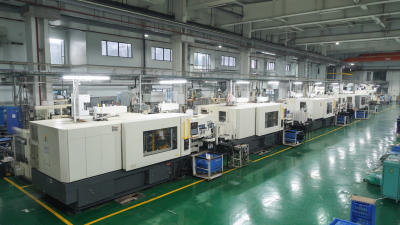
Leading Chinese Factory Delivers Unmatched Excellence in Medical Injection Molding
-
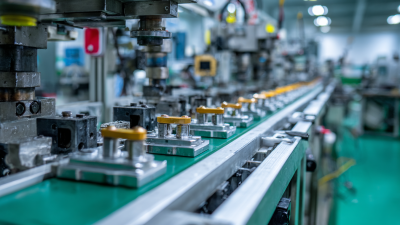
How to Identify Top Suppliers for Optimal Injection Molding Mold Design
-

Solutions for Advanced Automotive Injection Molding Techniques
-
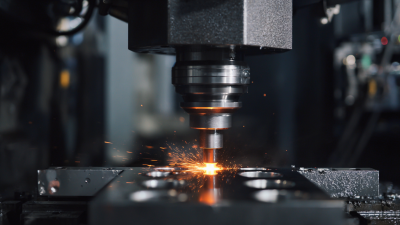
5 Essential Tips for Optimizing Your Metal Injection Molding Process
-

Essential Checklist for Effective Mold Design in Injection Molding Processes
-

Essential Checklist for Quality Assurance in Plastic Injection Molded Parts Production

